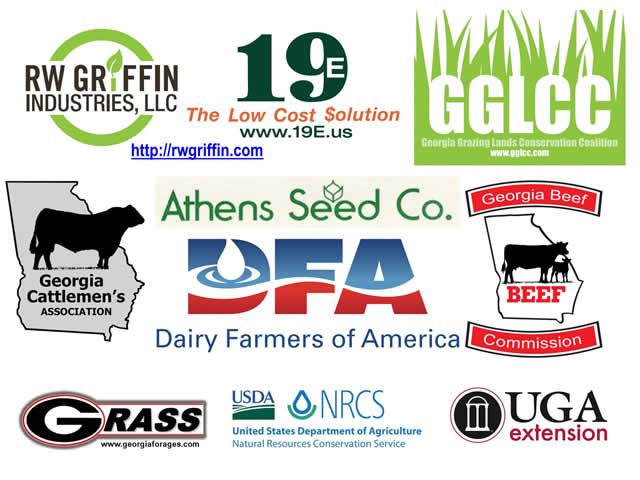archive template
September 19-20, 2017 | UGA Athens Campus | Athens, Ga
The 2017 Georgia Advanced Grazing School is now one for the recordbooks. However, if you are interested in delving deeper into these topics, additional grazing information is provided here. Below are links to all the materials that were in the Grazing School notebook, and a few other articles that are only available on the web. For those who would like to download the entire 2017 Grazing School notebook as a pdf eBook, click here for part 1 and part 2. (Caution: this notebook is 350+ pages long and the file is 60+ MB in total, so a high-speed internet connection is RECOMMENDED.)
Table of Contents
- Manipulating forage growth and grazing behavior
- Southern Forages: Forage yield, distribution, and quality
- Segregating herds based on animal class and nutiritonal need
- Optimizing the size, number, and layout of your paddocks
- Sketching out the Ideal: Planning the grazing system
- Economics of Better Grazing Management
- "The Power of One Wire"
- Water supply and fencing options
- Review of research results from the Better Grazing Project
- Legume nitrogen fixation
- Benefits of crop rotation and multi-species mixtures
- Get your hands dirty! - Quick hands-on demonstrations
- The role and management of dung beetles in pastures
- Earthworm populations in the soil
- Soil organic matter benefits
- Soil compaction and the lay of the land
- Nutrient cycling and loss in pasture-based systems: Implications for fertilization
- Soil health measures: Interpretation and practical application
- Good grazing = Inc. soil moisture, Inc. soil health, and lower erosion
- Appendix: Demonstrations, Farm Profiles, and Misc. Resources
Sponsors

